Around the world, governments are rapidly transitioning from paper-based human resource systems to sophisticated digital Human Resource Management Information Systems (HRMIS). According to a 2023 Deloitte survey, over 75% of global public sector organizations have either fully implemented or are in the process of adopting digital HR platforms. Countries such as Estonia, Singapore, and the United Kingdom have successfully leveraged digital HR solutions to ensure better workforce planning, transparency, and real-time data-driven decision-making.
The public sector workforce is the backbone of government service delivery. Yet, in many parts of Africa, HR operations still rely heavily on manual records, fragmented data silos, and reactive workforce planning. The result is inefficiency, lack of accountability, and poor employee engagement. However, a growing number of African countries are now embracing digital HR reforms to modernize governance, reduce payroll fraud, and enhance public administration. This shift from paper to platform is poised to redefine how African governments manage talent, ensure compliance, and deliver services more efficiently.

Global Best Practices vs Africa’s HRMIS Landscape
Globally, leading nations have institutionalized integrated HR platforms that allow for seamless recruitment, performance tracking, payroll management, pensions, learning and development, and real-time analytics. In Estonia, a digital HR system interfaces with national ID databases, allowing public servants to update records, track performance, and access e-learning from a single dashboard. In Canada, the PeopleSoft HRMIS manages over 300,000 federal employees with centralized data reporting that supports strategic workforce planning and equity initiatives.
By contrast, much of Africa’s public sector HR ecosystem remains disjointed and heavily bureaucratic. HR data is often stored in paper files across ministries, making it challenging to validate employment records, detect ghost workers, or respond to staffing shortages. While countries such as Rwanda, Kenya, Nigeria, and Ghana have begun implementing HRMIS platforms, adoption is uneven, and integration with payroll, pension, and leave systems is still in progress in many areas.
That said, the momentum for reform is building. Governments are recognizing that HRMIS is not just an administrative tool—it’s a foundational pillar for building trust, accountability, and a high-performing civil service.
Why Africa Needs HRMIS Now More Than Ever?
Africa’s public sector is grappling with persistent human resource challenges that demand urgent reform. According to the African Union, up to 25% of government payrolls in some countries are affected by ghost workers, resulting in the annual loss of millions of public funds. Issues such as payroll fraud, inefficient recruitment, unverified employees, and inadequate workforce data continue to hinder effective governance. In sectors such as health and education, sub-Saharan Africa is projected to face a shortfall of 6.1 million health workers by 2030 (WHO), mainly due to inadequate workforce planning and data gaps. A robust Human Resource Management Information System (HRMIS) offers a timely solution by centralizing employee records, automating payroll and leave processes, and providing real-time workforce visibility. This digital shift not only reduces fraud and human error but also equips governments with actionable insights for equitable staffing, policy compliance, and long-term efficiency.
Key Components of a Transformative HRMIS
A successful HRMIS implementation goes beyond digitizing forms. It requires a modular, interoperable, and user-friendly system with the following key components:
- Employee Lifecycle Management – From recruitment to retirement, the platform manages data updates, transfers, promotions, and retirements, enabling seamless tracking of staff histories.
- Payroll and Financial Integration – HRMIS integrated with payroll eliminates duplicate records, prevents unauthorized salary disbursement, and improves auditability.
- Leave & Attendance Automation – Real-time leave application, approval workflows, and biometric-based attendance systems improve workforce discipline.
- Training and Performance Management – Integration of learning modules and performance reviews fosters a culture of continuous improvement.
- Analytics and Reporting – Dashboards provide actionable insights into workforce demographics, diversity, skills, attrition, and planning needs.
Driving Transparency and Frontline Efficiency
HRMIS is playing a transformative role in promoting transparency, accountability, and improved service delivery across Africa’s public sector. By digitizing HR records and eliminating manual processes, governments can detect and remove ghost workers, saving millions in public funds. For instance, Kenya's HRMIS reforms identified thousands of fake employees, resulting in a significant reduction in payroll leakage. In Nigeria, the Integrated Payroll and Personnel Information System (IPPIS) enhanced budget compliance and auditability across federal agencies. Beyond transparency, HRMIS is crucial for frontline service delivery in essential sectors such as healthcare and education. In Ghana, the HRMIS for Health (GHRMIS) manages over 50,000 records of health workers, enabling more accurate deployment and payroll integration. Similarly, digital systems allow education departments to monitor teacher availability, qualifications, and regional shortages. These capabilities empower governments to plan proactively, ensure equitable staffing, and deliver public services more effectively, especially in underserved areas. By combining transparency with operational insight, HRMIS strengthens trust in public institutions and drives better outcomes for citizens.

Challenges in Implementation—and How to Overcome Them
Despite the promise, HRMIS implementation in Africa faces several hurdles:
- Resistance to change from public sector employees who are used to manual processes.
- Infrastructure limitations, including unreliable internet and electricity in rural regions.
- Data migration challenges, especially where existing records are incomplete or inaccurate.
- Limited technical capacity to manage and scale the platform.
To overcome these challenges, governments must adopt a phased implementation strategy, beginning with high-priority ministries or pilot regions. Capacity-building for HR officers, partnerships with local tech providers, and investment in digital infrastructure are crucial for long-term sustainability.

The Road Ahead: HRMIS as a Catalyst for Digital Governance
HRMIS is not just a technical system—it’s a driver of institutional reform and good governance. When combined with national digital ID systems, pension reforms, and e-governance initiatives, HRMIS becomes a powerful enabler of service delivery, accountability, and public trust.
As Africa navigates a period of demographic growth and rising citizen expectations, the need for a professional, well-managed public workforce has never been more urgent. Investing in digital HR platforms will enable governments to plan effectively, respond quickly, and deliver efficiently.
Conclusion: From Paper to Purpose
The transition from paper-based personnel files to digital HRMIS is a leap toward more agile, transparent, and citizen-responsive governance in Africa. The benefits—reduced fraud, improved planning, enhanced morale, and greater equity—are too significant to overlook. As more African nations embrace this shift, the continent has the opportunity to redefine public service for the digital age—not just managing people, but empowering them. From paper to platform, the journey of HRMIS is shaping the future of Africa’s public sector transformation.
With leading technology providers like CSM Technologies driving HRMIS innovation in Africa, the continent has witnessed a paradigm shift in human resource management, enabling organizations to thrive in the digital era. CSM Tech has successfully implemented a state-of-the-art Human Resource Management Information System (HRMIS) for government and enterprise clients in Gambia, streamlining employee lifecycle management, payroll integration, and performance tracking. With extensive experience in public sector digital transformation, CSM Tech offers deep domain expertise in designing modular, scalable, and interoperable HRMIS solutions tailored to local governance and compliance requirements. Its solutions enhance transparency, eliminate ghost workers, and support data-driven decision-making, empowering governments to build efficient and accountable institutions.








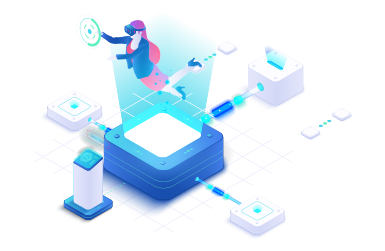


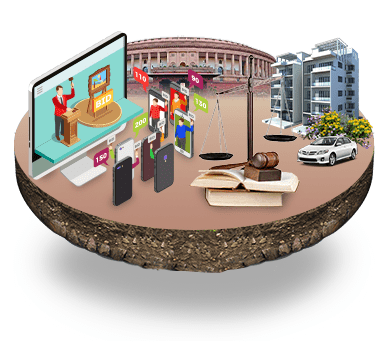




















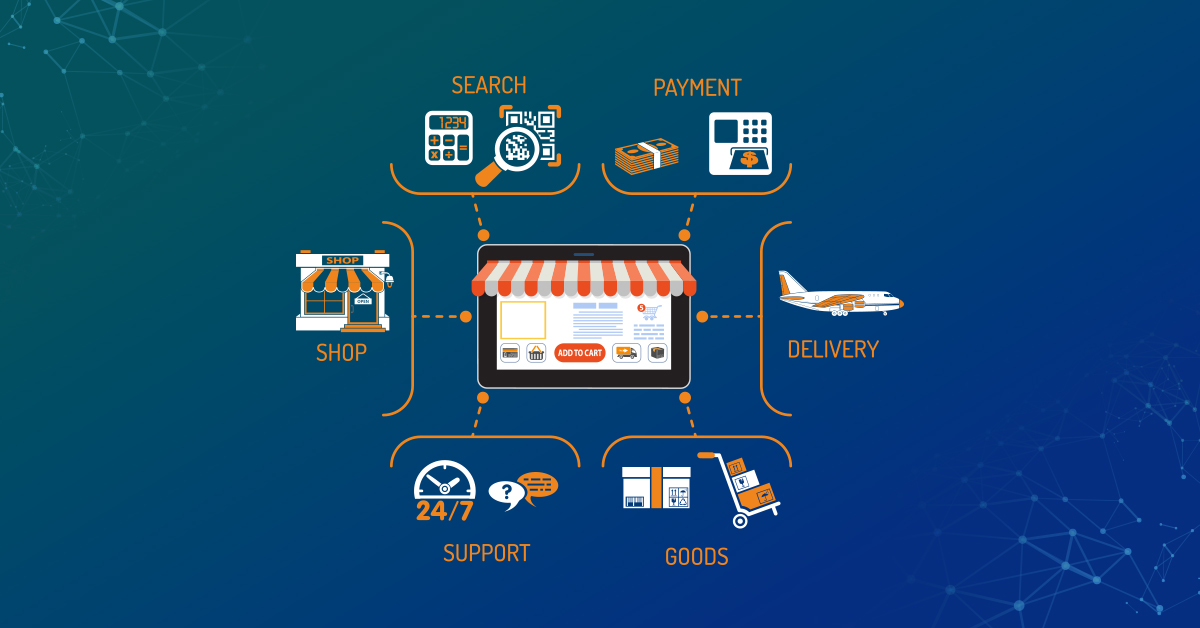




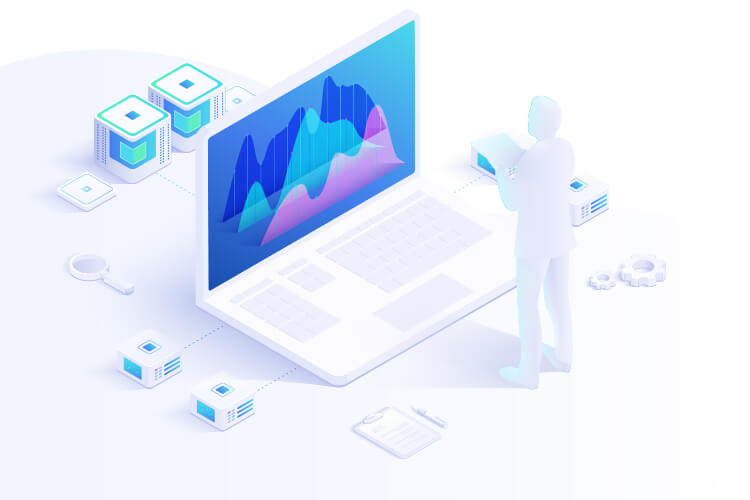



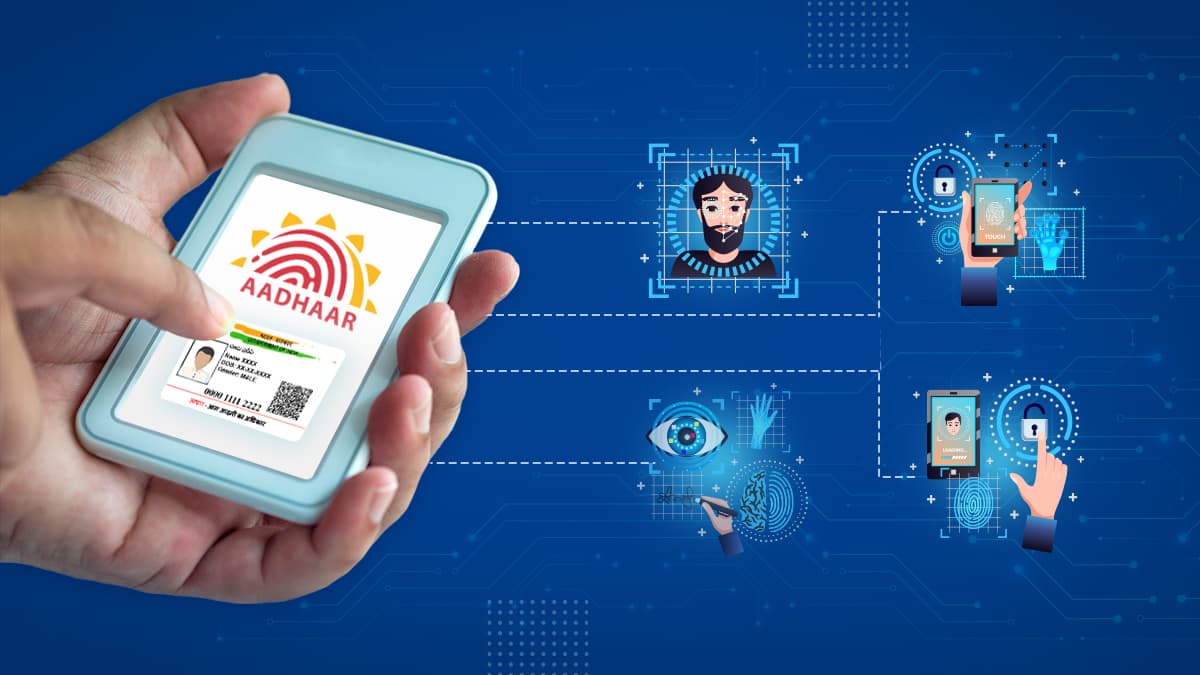




We will verify and publish your comment soon.